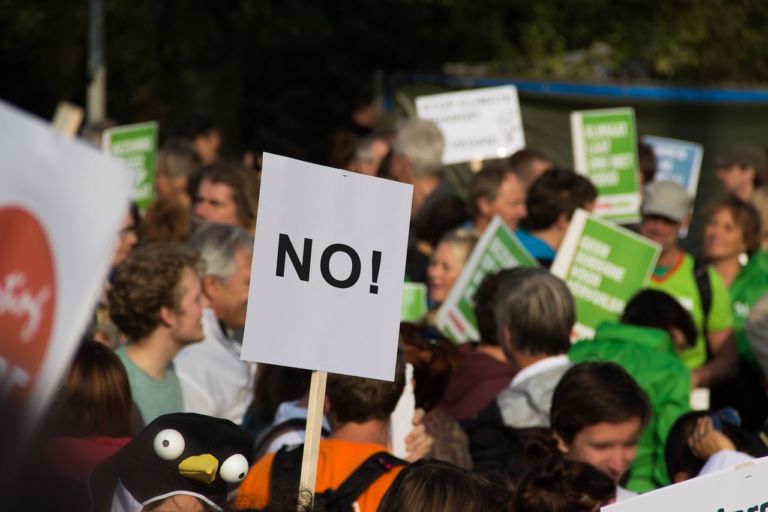Charles Fain Lehman of the Washington Free Beacon looks into the factors contributing to a decline in marriage rates.
A startling number of young women are unable to find a spouse, and new research from a group of economists suggests their would-be partners are just not up to snuff.
The new paper—the work of economists from Cornell, Brigham Young University, and Southern Utah University—explores why today’s young women are marrying later or not at all, linking the trend to a series of changes in American society: mass incarceration, economic inequality, and women’s arrival on the college campus.
Today’s young adults are opting to both marry later and less often than their parents and grandparents did. The share of women aged 25 to 45 who are married has declined more or less continuously since about 1970, dropping from more than 80 percent to about 50 percent in half a century. …
… Researchers approached the question of marriage from a market perspective in which “buyers” and “sellers” try to pair off to reach mutually satisfactory arrangements. In this model, people usually pair with others who are mostly like them—what is called “assortative mating.”
What, then, is causing the “mismatch” in which unmarried men would need to be 55 percent wealthier, 26 percent more employed, and 18 percent more educated in order to properly match with today’s bachelorettes? The answer is both an oversupply of low-achieving men and an oversupply of high-achieving women.


